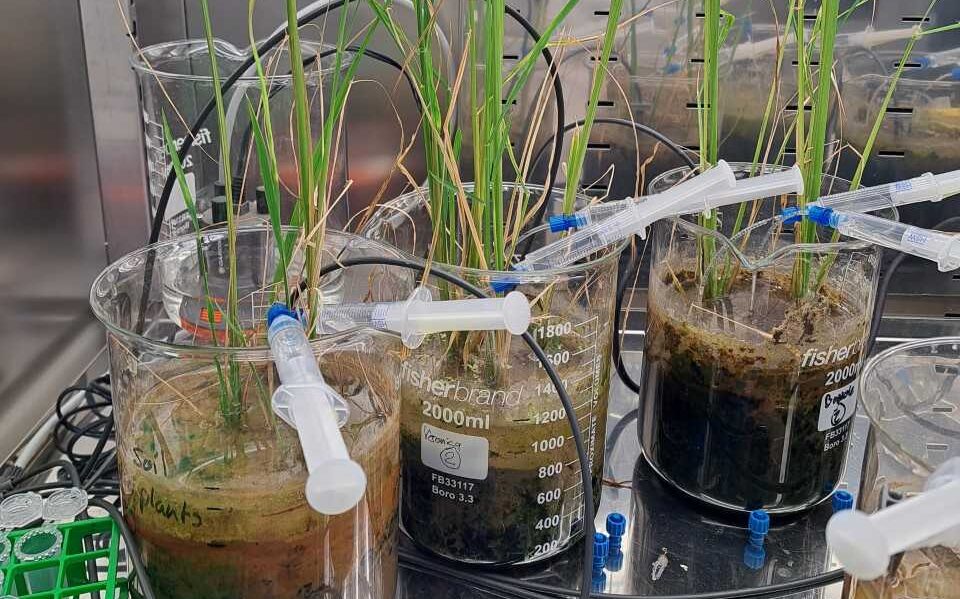Stephan Krämer at the Department of Geosciences is leading “Chroma”, a Marie Sklodowska-Curie Actions project (Horizon 2020).
Description: Long-term pollution mitigation requires a better understanding of the biogeochemical processes that regulate the behavior and fate of trace metals, such as chromium (Cr), in subsurface environments. The emerging role of organic ligands, including siderophores and organic acids, in the speciation, bioavailability and mobility of trace metals is receiving increasing attention. However, the relative importance of the opposing Cr reduction and mobilization processes in sediments remain poorly constrained, and the Cr-ligand interaction has not been explicitly determined. Whilst stable isotope compositions of Cr are an effective tool for assessing biogeochemical cycling and redox processes, there have been few studies reporting the isotope effect of ligand-induced Cr mobilization. This project combines an interdisciplinary set of field sampling, controlled experiments, isotopic analysis alongside geochemical modelling, aiming to test the hypothesis that (1) solid Cr can be effectively remobilized by organic matter in reduced environment despite Cr reduction, and (2) aqueous Cr can be stabilized in the form of organic complexes with a distinct Cr isotope signature. The extent and mechanism of Cr mobilization by organic ligands under various environmental conditions will be quantified. Stable Cr isotopes in sediment pore water will be accurately determined and validated as a tracer for Cr-ligand complexation. The fate of Cr in relation to Fe and organic ligands in sediments will be predicted. This project will shed new light on the role of organic ligands in the Cr redox cycle, and will reveal the sensitivity of subsurface environments to anthropogenic activities.
Collaborator: Wenhao Wang (University of Vienna)
Duration: 2 years (01.07.2022 – 30.06.2024)
